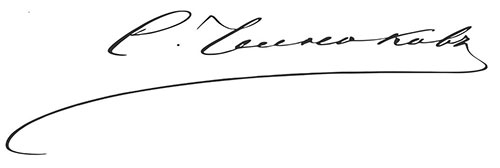
The album with Sergey Chelnokov photographs in the libraries of the world!
25.01.2018
Address and information “From “Belle Époque” to the Revolution – History of Russia as it is reflected in Stereophotography. 1880-1917 in 3D”.
31.03.2018There exist objects which stir up particularly powerfully the stance of “ historical imagination “, and photography occupies here a special place. However photography becomes a document only if it is associated with scientific historical knowledge which has entirely different underpinnings. Photography as a special type of presentation of reality is paradoxical: it insists on identification and at the same time it does not require it. Therefore it is open to being interpreted through the history of images with which it is associated and through the context associated with the language experience.
Photography has a special status , it makes us revise those models of understanding time and memory which lie at the basis of historical presentation adopted by the West since the Plato epoch and the biblical tradition. If photography stirs up our cognitive process and opens to us a certain period of time then the question arises whether photographs are a product of some anonymous witness or whether photographs present a part of collective subconsciousness?
A photographic archive is a complicated interwhining of personal stories, images, the language – all that is called memory.
We will contemplate some approaches to the problem of memory and time which compete in modern philosophy using the stereoscopic archives of the Russian photographers who took their pictures at the end of the 19 th and the beginning of the 20th century.
“Touch the past with an eye” cycle of lectures.





